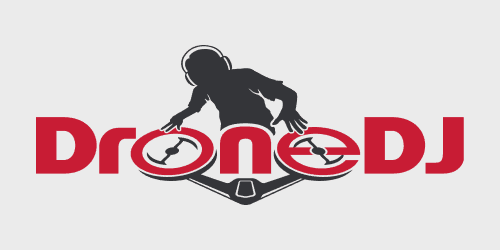
The investigative team of the website Bellingcat has concluded through open source research that in the assassination attempt of President Maduro, it appears that “two drones attempted to attack a parade at which President Maduro was speaking”, that “both drones likely carried some form of explosive device” and that “one detonated near the parade, the other crashed and then likely detonated, causing a fire” and lastly that “it is not possible to accurately attribute this apparent attack without further information.” In the report, Bellingcat also indicates that the two drones might have been DJI Matrice 600’s.
Drone-borne IEDs
On August 4th, President Maduro of Venezuela gave a speech in Caracas, that was cut short after alledged drone explosions went off that sent a large number of soldiers taking part in the military parade running for cover. The president was quick to blame far right-wing opponents and Colombia as the culprits in the failed assassination attempt, saying that:
“I am alive and victorious. Everything points to the Venezuelan ultra-right in alliance with the Colombian ultra-right, and that the name of [Colombian president] Juan Manuel Santos is behind this attack.”
Even though Venezuelan government officials had said very early one that two DJI Matrice 600 drones were used in the attack, it remained unclear whether indeed drones were involved.
The investigative team from the website Bellingcat (Wikipedia), you may know them from their work on the Malaysia Airlines Flight 17 that was shot down over eastern Ukraine on July 17th, 2014, have researched official footage of the speech and various videos that circulated on social media to see if they could verify the claims from the Venezuelan government.
Bellingcat’s findings
By syncing two videos of Nicolás Maduro’s speech and closely comparing them, Bellingcat concludes that indeed two explosions can be heard even though they cannot be seen.
Two later videos that were shared on social media channels show a drone exploding and another drone crashing alongside a building. Again by looking for clues in the videos and matching them to locations by using tools such as Google Earth and Streetview, Bellingcat is able to determine with a high likelihood the locations from where the videos were recorded and the locations of the drones in the videos.
After careful analysis, Bellingcat concludes that it indeed appears that two DJI Matrice 600 drones loaded with C4 explosives were used in the assassination attempt of president Nicolás Maduro and that:
“The first drone detonated somewhere above or near the parade, the most likely cause of the casualties announced by the Venezuelan government and pictured on social media. The second drone crashed and exploded approximately 14 seconds later and 400 meters away from the stage, and is the most likely cause of the fire which the Venezuelan firefighters described.”
The Minister of the Interior, Justice and Peace, Nestor Reverol claimed that the drone attacks were thwarted using “special techniques and [radio] signal inhibitors”, which “disoriented” the drone that detonated closest the president and that the second drone had “lost control” and crashed into a building. Images of the damage to the building seem to substantiate this claim.
One commenter said on Bellingcat’s website:
“Excellent analysis, best I’ve seen. There’s been a lot of speculation on “false flag” ops (to include within the USG) and your video synching convinces me this was a real attack… The damage to the outside of the building looks EXACTLY what 2-3lbs of C4 or PE4 would do unconfined on a concrete surface. But what do I know… respectfully, Rand H.- US Army EOD ’84-’13”
We have reached out to DJI for a statement on whether Matric 600 drones might indeed have been used in the attack and here is their response:
DJI makes products purely for peaceful purposes, which is how the overwhelming majority of drone operators use them, and we deplore any use of our products to bring harm to anyone. While some of the facts remain unclear, we are prepared to assist investigators concerning any harmful misuse of our technology.
DJI is proud to be a leader in developing safety and security features for drones, including a remote identification system that helps authorities identify and monitor airborne drones. Safety and security officials in the US and Europe have said Remote ID is key to help keep the skies safe, because it allows them to understand what drones are in the air, where their pilots are, and which flight paths may pose concern.
DJI’s AeroScope system is helping airports, police departments and other government agencies protect important airspace. Government action to set standards for Remote ID systems will help ensure drones remain a beneficial addition to the skies.
You can read the entire post here on Bellingcat’s website for more detailed information.
Did Drones Attack Maduro in Caracas? via @bellingcat https://t.co/7O9rLRO3eS
— Bellingcat (@bellingcat) August 7, 2018
STAY IN TOUCH!
If you’d like to stay up to date with all the latest drone news, scoops, rumors and reviews, then follow us on Twitter, Facebook, YouTube, Instagram or sign up for our email newsletter DroneRise, that goes out every weekday morning at 6 am.
If you’d like to help us grow, you can buy your next drone through one of the following links directly from manufacturers, such as DJI, Parrot, Yuneec or retailers like Amazon, B&H, BestBuy or eBay. We will make a small commission and it will not cost you anything extra. Thank you!
FTC: We use income earning auto affiliate links. More.






Comments